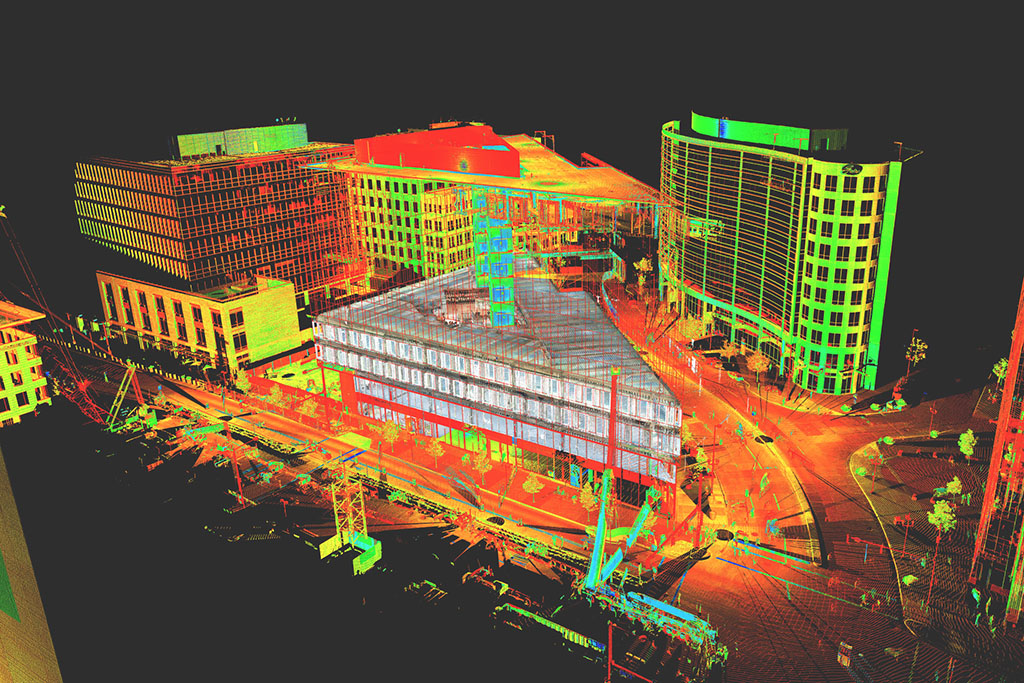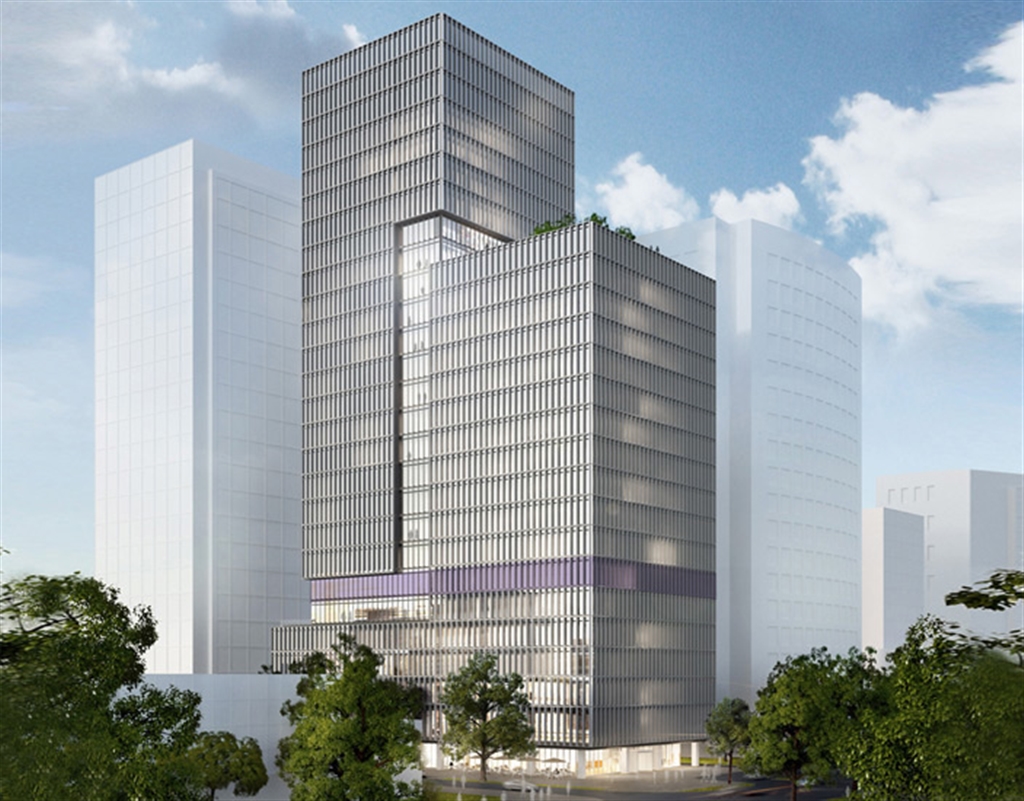In today's modern business, Building Information Modeling (BIM) is a critical technological advancement that revolutionizes the planning, carrying out, and overseeing architectural, engineering, and construction projects. Making accurate, comprehensive digital representations of real structures has become crucial with state-of-the-art software and 3D laser scanning capabilities. This comprehensive lesson offers the skills, methods, and materials required for an effective scan-to-BIM conversion.
Converting point cloud data from laser scanning technology into a full Building Information Model is called scan to BIM. Laser scanners gather Millions of points in three dimensions, creating a point cloud representing a structure's as-built condition. This raw data must be transformed into a working BIM model using a systematic process that includes some phases and software tools.

Key Steps in Scan to BIM Conversion
Here are some of the most important steps that are involved in the process of scanning to BIM conversion:
-
Data collection and scanning
The first step is using 3D laser scanners to precisely record the physical structure's data. Complete coverage is ensured by many scans from different angles, minimizing gaps in the recorded data.
-
Point Cloud Registration
Combining separate scans must create a smooth, cohesive point cloud model. This stage aims to create a coherent dataset by aligning and eliminating discrepancies between several scans.
-
Point Cloud Cleanup
Removing superfluous points, removing noise, and fixing mistakes are all part of cleaning up the point cloud data. This procedure eliminates undesired artifacts that could skew the final BIM model, greatly improving data accuracy.
-
Modeling in BIM Software
The next step is to import the refined point cloud to BIM software. Based on the data from the point cloud, well-known programs like Revit, AutoCAD, or ArchiCAD are used to generate BIM elements like floors, walls, roofs, etc.

-
Creating Intelligent BIM Objects
These BIM elements must be assigned attributes and parameters to make them functional and information-rich. By including material specifications, metadata, and other pertinent information, the model becomes more valuable for construction and management applications.
-
Quality Control and Validation
Confirming that the BIM model accurately matches the source point cloud data is crucial.
-
Final Documentation
All the documentation needed for building or remodeling projects is created in this stage, including detailed 2D drawings and 3D models. Stakeholders may fully comprehend the project's scope and specifics with comprehensive reports and presentations built on the BIM model.
Industry Applications
Some of the major industries that implement Point Clouds to BIM Solutions:
-
Architecture and Construction
Scanning to BIM in architecture and construction is essential for retrofitting and refurbishment projects. This technique is used by engineers and architects to photograph existing structures precisely, which speeds up the planning process for expansions or adjustments. It helps ensure accuracy and reduce construction mistakes by detecting conflicts or inconsistencies between the intended design and the as-built circumstances.
-
Real estate and Facility Management
Scan to BIM offers a practical way to create digital twins for successful facility management for real estate and facility managers. Stakeholders may obtain comprehensive 3D models of properties by converting scans to BIM, which enables improved space management, scheduled preventative maintenance, and general building operations optimization.
-
Engineering and Infrastructure
Scanning to BIM is helpful when managing infrastructure, particularly for older construction. Using this technology, civil engineers may evaluate the structural integrity of existing infrastructure, such as roads, bridges, and tunnels, and identify probable locations that need repair or enhancements.
Conclusion
Modern building and remodeling projects benefit greatly from the greater accuracy, visualization, and project management capabilities that come from converting scans to BIM. Therefore, a professional scan to BIM service provider, BIM Solutions, converts raw scan data into detailed BIM models using sophisticated software tools and systematic techniques. This promotes efficiency and creativity in the building business. So, choose us now and visit at https://bimsolutions.vn/.


No comments yet